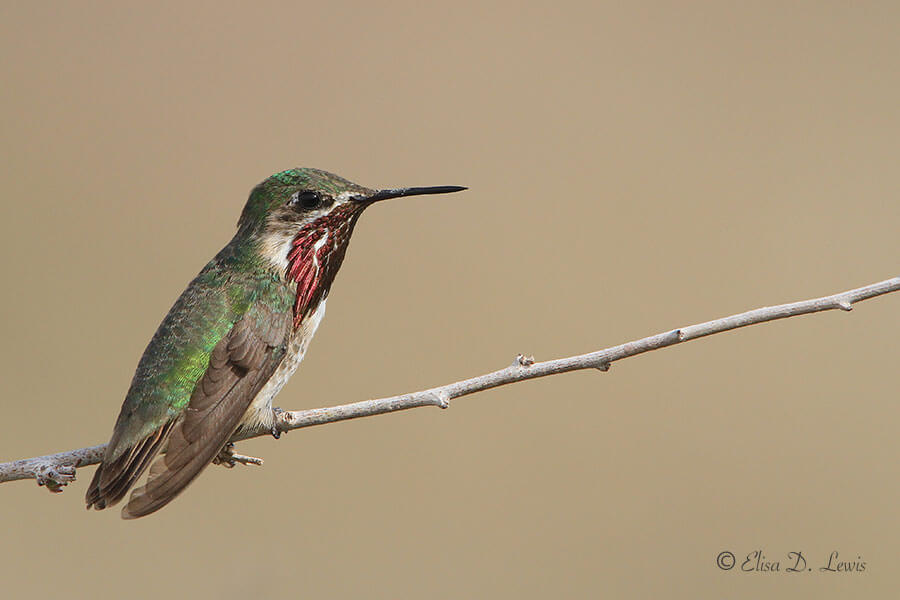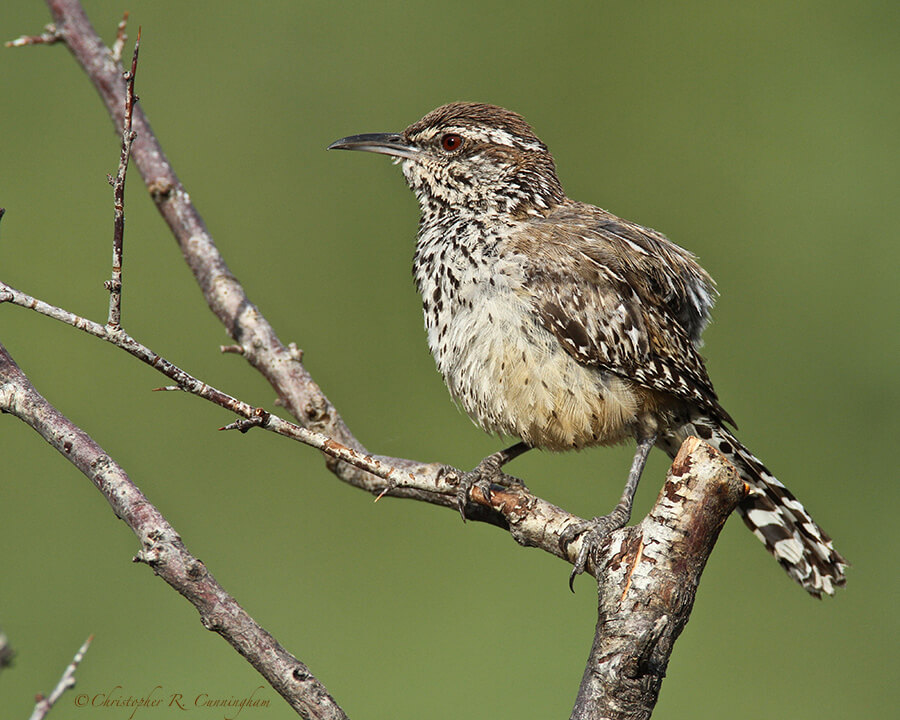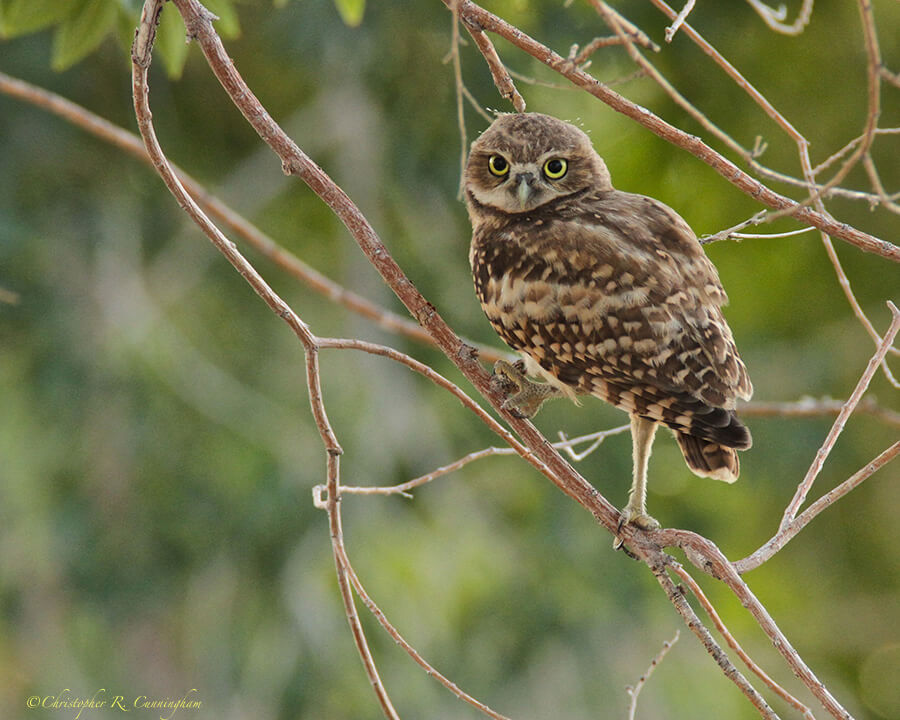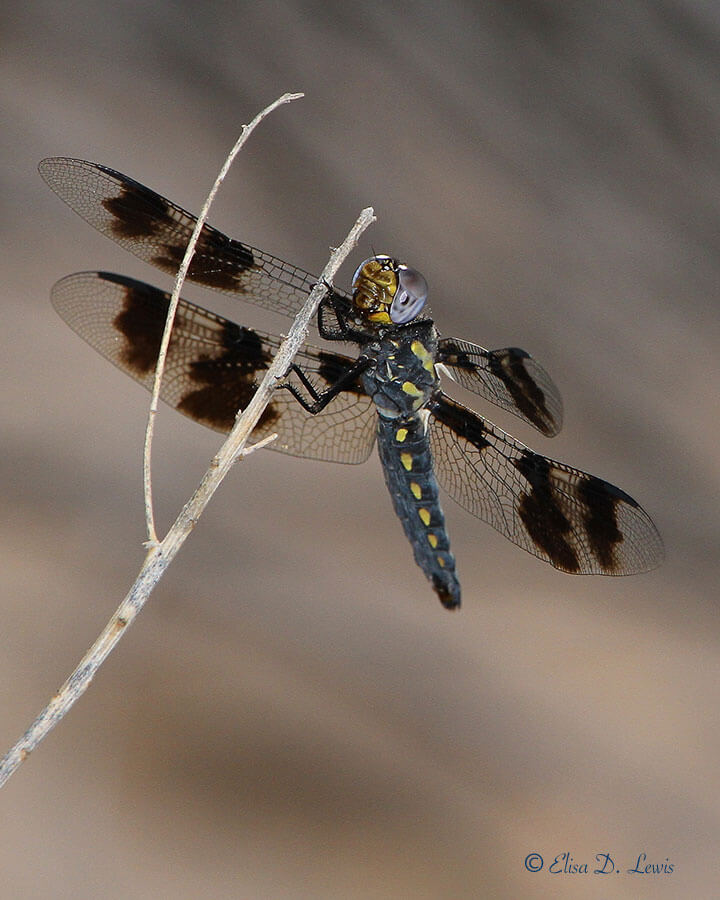
We just returned from a fantastic road trip across West Texas, New Mexico, and southeastern Arizona. Along the way we stopped at four places, and each of these stops will serve as the basis for a dedicated post or two in the future. In the meantime, here are some highlights.
The first stop was the observation blind at the Tom Mays Unit of Franklin Mountains State Park, just north of El Paso, Texas. We have visited this locale before during other seasons. Sparrows and finches dominate during the cooler months (take a look here at our sparrow collection), but during the summer, hummingbirds rule! The air was thick with Black-chinned, Rufous, and Calliope Hummingbirds. Oodles of Calliope Hummingbirds in the middle of summer in Texas? Yes–and that will be a future post!

After the Franklin Mountains came Cave Creek Canyon in the Chiricahua Mountains of extreme southeastern Arizona. This is the first time we visited Portal and environs in summer, and it was amazing. Just coming to grips with the botany and entomology in this arid Garden of Eden would take a lifetime. The birding was also phenomenal, and we added several species that can only be seen in southeast Arizona (or perhaps the southern extremities of New Mexico and/or Texas) within the U.S. including Blue-throated and Broad-billed Hummingbirds, Sulphur-bellied Flycatchers, Brown-backed (a.k.a. Strickland’s or Arizona) Woodpeckers, and Yellow-eyed Juncos, among others. We look forward to writing much more about Cave Creek in the future!
On the way back, we took a “minor” detour through Roswell, New Mexico to scope out Bitter Lake National Wildlife Refuge. On the way, we read about a colony of Burrowing Owls that live in a Black-tailed Prairie Dog town located in Roswell’s Spring River Park and Zoo. We couldn’t resist–even though we were bleary-eyed from seven hours in the car.
At this park, you could make the case that the prairie dogs are captive animals, although they routinely burrow under the park wall and could walk away if they wanted. The owls, however, are wild animals that stay in this prarie-dog town in close proximity to humans of their own volition–although their choices are limited. About 99% of prairie dogs have been exterminated in the U.S., and the owls rely on the burrows of these rodents. Another future post!

Finally, we stopped at Bitter Lake National Wildlife Refuge, a major wintering ground for waterfowl along the western extremity of the Central Flyway, and reportedly one of the best areas to see dragonflies in the U.S. during the hot months: just what we need to fuel our nascent interest in dragonfly photography. This sun-baked desert oasis, no doubt, will warrant future mention on Twoshutterbirds. We are already planning future visits to the desert Southwest while we eagerly await the fall cool down along the Texas Gulf Coast and the beginning of the fall migration.

“I was born on the prairies where the wind blew free and there was nothing to break the light of the sun. I was born where there were no enclosures.”–Geronimo
©2013 Christopher R. Cunningham and Elisa D. Lewis. All rights reserved. No text or images may be duplicated or distributed without permission.